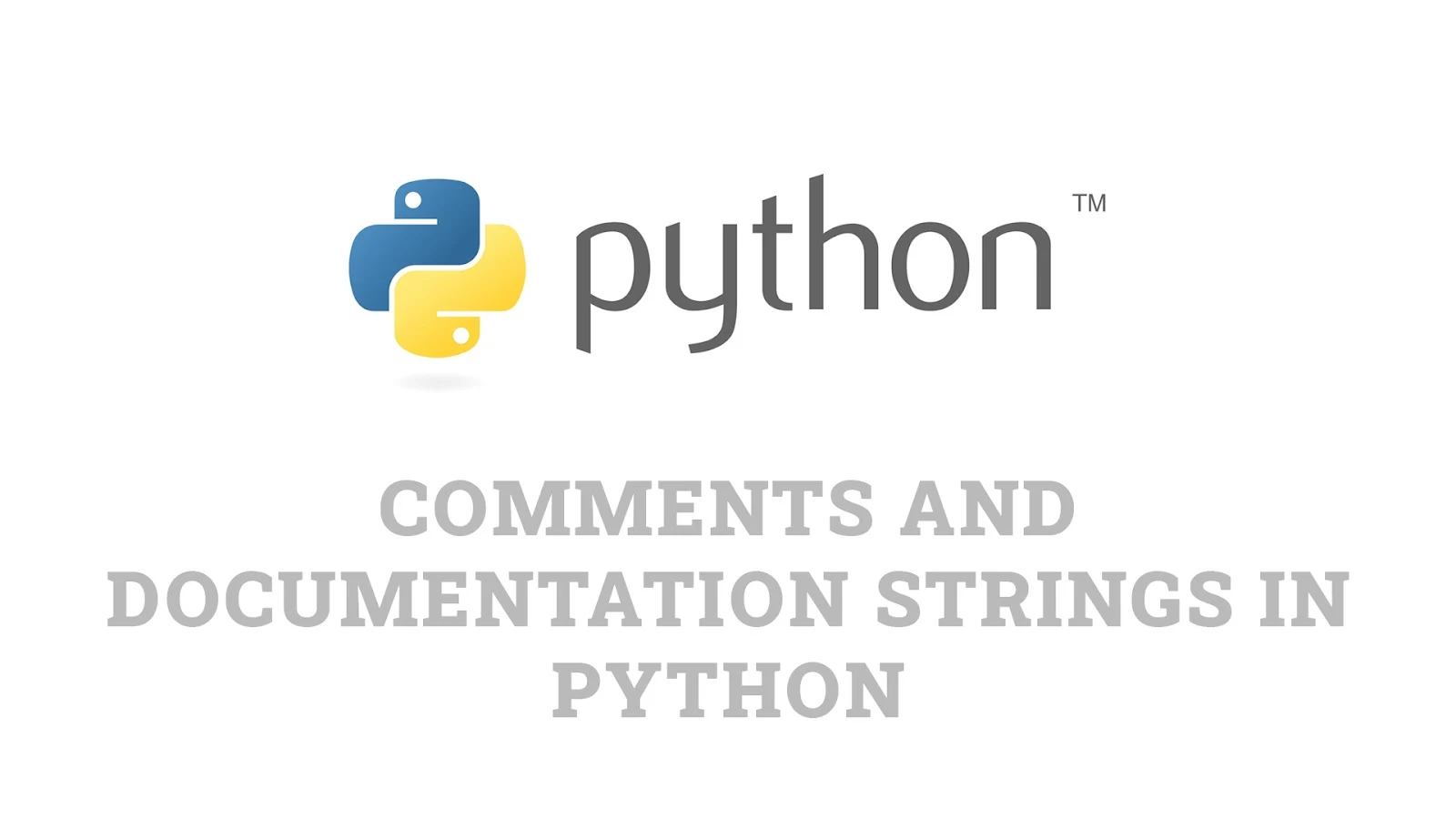Overview
Comments and Documentation Strings in Python are crucial for writing code that’s easy to understand, maintain, and collaborate on. While comments offer concise explanations at specific points in the code, docstrings provide more formal documentation for modules, classes, and functions. This article explores both approaches, with examples that demonstrate best practices in readability and clarity.
Single-Line Comments
Python uses the hash symbol (#) to mark single-line comments. Anything following
# on the same line is ignored by the interpreter:
# This is a comment explaining the next line
print("Hello, comments!")Single-line comments are perfect for short annotations or reminders. When used thoughtfully, they clarify your code’s purpose without cluttering it.
Inline Comments
Although less common, you can place comments on the same line as your code. This practice should be used sparingly, usually for short remarks:
age = 30 # Set a default user age
Keep inline comments succinct to avoid reducing readability. If the explanation is too long, opt for a separate line above the code instead.
Docstrings and Their Purpose
Docstrings are string literals used as the first statement in modules, classes, or
functions to describe their functionality. These are typically enclosed in triple quotes
(""" or ''') and can span multiple lines. Unlike comments,
docstrings become part of the object’s metadata, making them accessible via help() or
.__doc__.
def greet_user(name):
"""
Greets the user by name.
:param name: A string representing the user's name
:return: None
"""
print("Hello,", name)
When you call help(greet_user) in an interactive shell, Python will display the docstring’s
content. This feature is invaluable for self-documenting code and helps other developers quickly grasp
what your function or class does.
Multi-Line Strings as Comments
Python doesn’t technically offer a dedicated multi-line comment syntax, but you can use triple-quoted strings for large blocks of text you want to ignore. However, this approach isn’t the same as a genuine language-level comment; Python still interprets triple-quoted strings as string literals. They become docstrings if placed at the start of a class, module, or function. Otherwise, they serve no direct operational purpose but aren’t fully ignored at compile time:
"""
The following lines of code demonstrate
multi-line string usage, which can act like
a comment block if it's not assigned or used.
"""
print("This runs without issues, but the triple-quoted block above is still processed.")
For actual multi-line commentary, many developers prefer multiple single-line # statements
or docstrings in functional contexts.
Module and Class Docstrings
Docstrings aren’t limited to functions. They can also document entire modules, classes, and methods. By placing a triple-quoted string at the top of your file or just under a class declaration, you provide a high-level explanation of its purpose:
"""
Module: user_management
Description: Handles user creation, deletion, and role assignment.
"""
class User:
"""
Represents a system user with roles and permissions.
"""
def __init__(self, name, role):
"""
:param name: Name of the user as a string
:param role: Role assigned to the user
"""
self.name = name
self.role = role
These docstrings appear when you run help(user_management) or
help(User), aiding any developer or tool analyzing your module or class.
Docstring Conventions
While Python doesn’t enforce a single docstring style, PEP 257 outlines a set of conventions widely adopted by the community:
- Summary Line: Begin with a concise description, followed by a blank line.
- Additional Details: Expand on usage, parameters, and examples in subsequent paragraphs.
- Closing Quotes: End the triple quotes on a line by themselves to keep formatting tidy.
- Consistency: Apply the same style across all modules, classes, and functions to maintain uniformity.
You may also incorporate frameworks like Sphinx or pdoc to generate HTML
documentation from these docstrings automatically.
Practical Example
def calculate_area(width, height):
"""
Calculates the rectangular area.
:param width: The width as a float
:param height: The height as a float
:return: The computed area (float)
"""
# Validate parameters
if width <= 0 or height <= 0:
print("Invalid dimensions.")
return 0.0
area = width * height
return area
# Displaying the docstring in the console
print(calculate_area.__doc__)
In this snippet, single-line comments note any special logic or checks. Meanwhile, the docstring
documents function usage, parameters, and return value—accessible both at runtime (via
calculate_area.__doc__) and through help(calculate_area).
Conclusion
Mastering Comments and Documentation Strings in Python transforms your scripts and modules into maintainable, user-friendly code. Single-line comments clarify tricky spots, while docstrings embed rich documentation that benefits anyone interacting with your functions, classes, or entire modules. By adhering to these practices—such as following PEP 257 guidelines for docstrings and using appropriate comment styles—you foster a codebase that’s transparent, consistent, and easy to build upon.
 Reviewed by Curious Explorer
on
Monday, January 13, 2025
Rating:
Reviewed by Curious Explorer
on
Monday, January 13, 2025
Rating:




No comments: